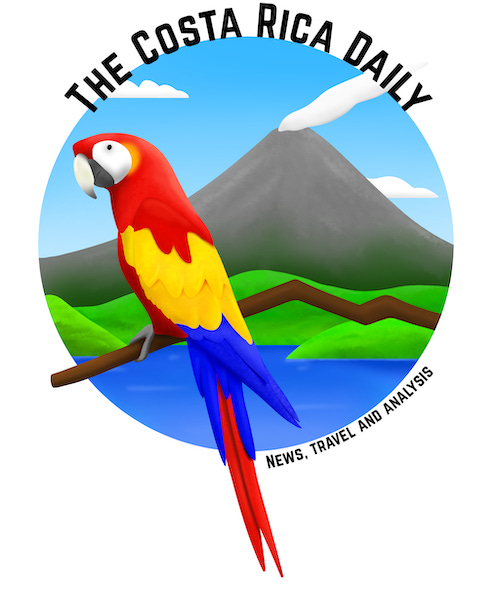On July 25, Costa Rica celebrated the “Annexation of Nicoya,” a holiday that commemorates the date in 1824 when that territory chose to join Costa Rica. Let’s dive into the past — and the present.

In 1821, the Province of Guatemala declared Central America’s independence from Spain. This led almost immediately to a civil war in Costa Rica, as the young country violently debated full independence versus joining the Mexican Empire.
As most of us know, Costa Rica is not a part of Mexico. After the Republicans won the civil war, Costa Rica joined the Federal Republic of Central America, then left it in 1838 to become the “Free State of Costa Rica,” and finally became the Republic of Costa Rica in 1848.
The Costa Rica of early independence looked distinct from the country today. In addition to a notable lack of highways and skyscrapers, the borders themselves were different. Notably, much of what is now Guanacaste province was at the time the “Partido de Nicoya,” a region with ties to both Costa Rica and Nicaragua.
Seeking to grow its territory (in both people and land), Costa Rica in 1824 issued a formal invitation to Nicoya. On July 25, 1824, citing the economic benefits that would be afforded by the decision — as well as the political stability in Costa Rica compared to Nicaragua — the Partido de Nicoya voted in favor of annexation.
On July 25, Costa Ricans in Guanacaste and across the country celebrate the Annexation of Nicoya (sometimes called “Guanacaste Day”).
After all, Guanacaste is de la Patria por nuestra voluntad: They are part of Costa Rica by choice.
Guanacaste: Rich in nature and culture
This section is adapted from a 2006 story in The Tico Times.
Guanacaste’s wealth goes beyond its beautiful beaches and booming development. The northwestern province is one of Costa Rica’s biggest cultural storehouses in food, traditions and fiestas.
Guanacastecos are distinguished for their arroz de maíz (corn rice), rosquillas (small, ring-shaped bread), tamal asado (a type of corn bread), cajetas (a type of sweet), pozole (a drink made of purple corn) and other dishes.
Among Guanacaste’s oral traditions is the bomba. Bombas are four-line poems similar to limericks. When playing the well-known folk song “Punto Guanacasteco,” someone might stop the music by shouting “¡Bomba!” and then proceed to recite one.
Guanacaste’s dances, accompanied by traditional dress, are joyful expressions of folk culture:
And, of course, Guanacaste contains some of Costa Rica’s best beaches, impressive volcanoes, and tropical dry forest. In both nature and culture, Costa Rica is better for having Nicoya.
¡Bomba!
They argued and they voted
Should we stay or should we go?
They decided ‘Pura Vida’
And for that, we love them so.
Support The Costa Rica Daily
The Costa Rica Daily is 100% free — and 100% ad-free. We can only exist with your support:




